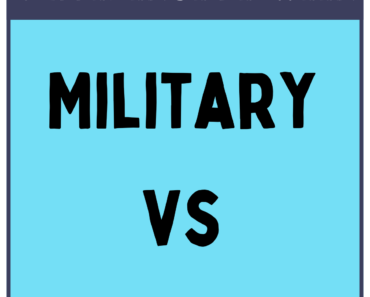“Kind” and “Type” both refer to categories or groups, but they are used differently.
- “Kind” is often used for more general groupings based on essential similarities, emphasizing nature or character.
- “Type,” on the other hand, is more technical, often used for specific classifications, frequently in scientific or technical contexts.
In casual language, “kind” implies a sense of natural grouping, while “type” denotes a specific, detailed categorization. Understanding the nuanced distinction can help in choosing the correct term for describing categories accurately.
Definition and Usage of “Kind”
Definition: “Kind” is a noun that refers to a group of similar things or people sharing a common nature or character.
Usage:
- General Grouping: “Kind” often refers to a broad category of things sharing common characteristics. Example: “This kind of fruit is very juicy.”
- Human Nature: It’s also used to describe a person’s disposition or nature. Example: “She is known for her kind nature.”
- In Expressions: It appears in idiomatic expressions such as “of a kind,” meaning not exactly the same but similar. Example: “They are of a kind in their artistic taste.”
Definition and Usage of “Type”
Definition: “Type” is a noun that denotes a group or category of things or people sharing common features, especially those used for classification.
Usage:
- Specific Classification: “Type” is used for categorizing based on detailed characteristics, often in technical contexts. Example: “What type of engine does this car have?”
- Typography: It can refer to printed characters or a specific kind of font. Example: “This typeface is ideal for headings.”
- Biology: In biology, “type” is used for grouping organisms with shared characteristics. Example: “The dolphin is a type of marine mammal.”
By recognizing these differences, one can employ “kind” and “type” accurately in various contexts.







